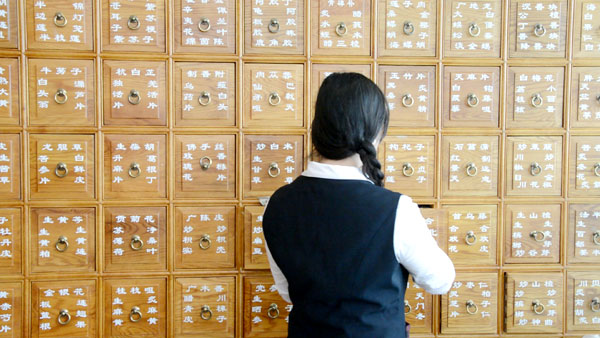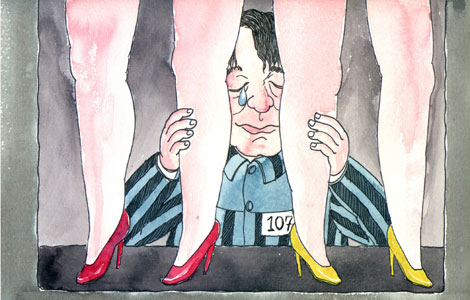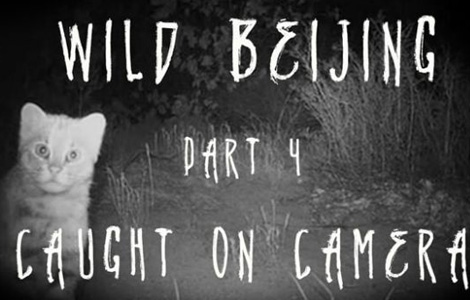Old medicine,new practices
Updated: 2013-07-19 17:14
By Belle Taylor (China Daily)
|
|||||||||||
 |
|
After the diagnosis and therapy, doctors make up a prescription of Chinese herbal medicine. [Photo by Katherine Rodriguez/For China Daily] |
Treatments such as acupuncture and massage have become increasingly common throughout major centers in Europe, North America and Australia, particularly in cities with large Chinese communities.
But knowledge of the practices and adoption of the holistic approach so important in Chinese medicine is still a long way off. There is also a desire in the West to fit TCM into a Western understanding of medicine.
Last year, major British pharmaceutical company Glaxonsmithkline began a research and development program into TCM with a goal to provide evidence-based TCM medicine through modern drug discovery technology and clinical trial methodology.
Many countries have introduced varies levels of regulation for TCM. Tony Zhang, head of TCM at the school of health sciences at Australia’s RMIT University, says regulation has been positive and has helped the industry gain wider acceptance in that country.
"From surveys we conducted in the past people certainly have a very positive view of the regulation, the regulations helps the profession move to the next level," Zhang says.
Since arriving in Australia from China 14 years ago, Zhang says he has seen increasing numbers of non-Chinese becoming interested in the practice, and TCM catering more to Western expectations and traditions.
"You can now have the granules or powders presented in tablet form," he says, adding that many Westerners prefer tablets to tea.
TCM is not only changing the way people across the globe view their healthcare, but it is itself evolving as more people bring their own cultural expectations to this ancient practice.
Related Stories
Improved teaching aids TCM understanding 2013-05-22 09:57
TCM needs greater support in Southeast Asia 2013-05-15 05:31
TCM seeks cure for false ads 2013-05-10 09:57
Beijing hosts TCM program 2013-04-16 11:35
Interest in TCM growing globally 2013-03-27 08:52
Today's Top News
China's government spends less in 2012
Obama weighs canceling Moscow talks with Putin
Xi hails closer cooperation with Switzerland
Yuan: Collateral types to expand
Overall home price rise softens
'Downside risk can be managed'
Detroit files biggest ever US municipal bankruptcy
Mandela turns 95 in hospital bed
Hot Topics
Lunar probe , China growth forecasts, Emission rules get tougher, China seen through 'colored lens', International board,
Editor's Picks

|

|

|

|

|

|





